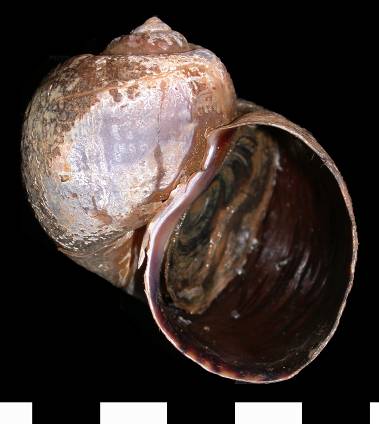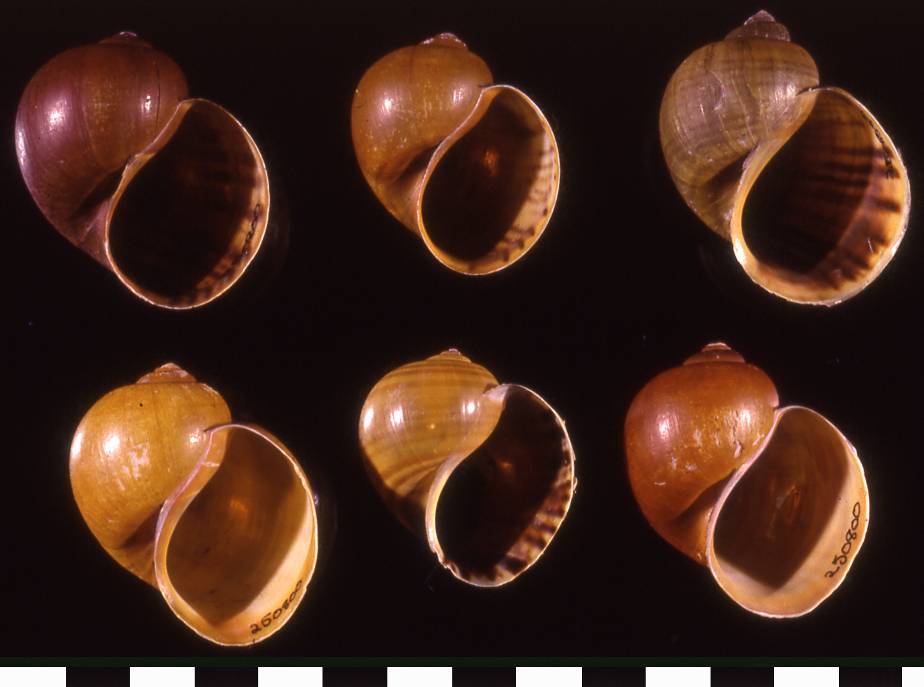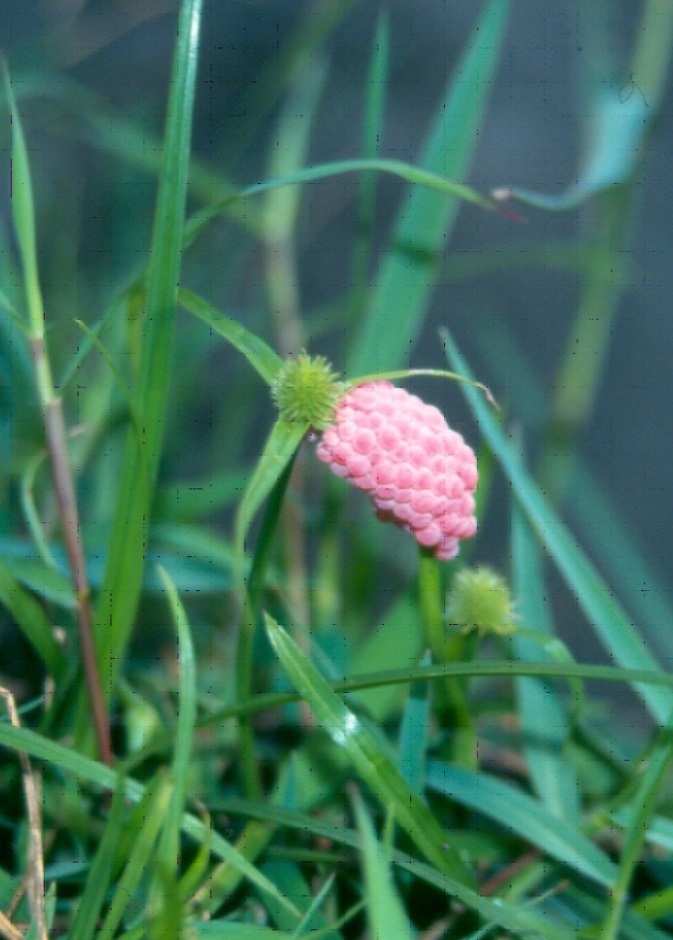
Golden apple snail
| Primefact number | Edition | Published | Author |
|---|---|---|---|
| 1212 | Second | Jul 2017 | Plant Biosecurity and Product Integrity |



Golden apple snails live in wetlands, irrigation canals, rivers and rice fields.
Under the Biosecurity Act 2015, golden apple snail is classified as prohibited matter. The Rice Biosecurity Zone has been established for the long term management of various pests and diseases, including golden apple snail.
Golden apple snail (Pomacea canaliculata) is an exotic plant pest not present in Australia. This snail is a serious threat to Australia’s rice industry and also to the ecology of natural wetlands.
Notifiable status
Golden apple snail (Pomacea canaliculata) is a notifiable plant pest in NSW.
All notifiable plant pests and diseases must be reported within 1 working day. You can report notifiable plant pests and diseases by one of the following methods:
- Call the Exotic Plant Pest Hotline 1800 084 881
- Email biosecurity@dpi.nsw.gov.au with a clear photo and your contact details
- Complete an online form
A full list of notifiable plant pests and diseases can be found in Schedule 2 of the NSW Biosecurity Act 2015.
Behaviour
Golden apple snail has both gills and an air breathing organ. Ability to breathe in air allows the snail to survive between irrigation cycles.
Snails dig deep into the soil as conditions dry out and resurface after rice bays are flooded.
Adult golden apple snails cut off rice seedlings just above ground level and eat the stems and leaves.
Description
Mature golden apple snails are 3 to 8 cm in diameter. They have a distinct flat lid called an operculum which is used to close the mouth of the shell. The operculum is carried on the back of the body behind the shell and is pulled inwards to seal the shell when the snail withdraws inside (Figure 1).
Shell colour and banding of golden apple snails is extremely variable and not diagnostic. Colours are commonly golden, yellow or brown (Figure 2).
Lifecycle
Mating occurs where water is readily available. Mating is not restricted by time of day or season of the year. Female snails emerge from the water and lay their egg masses on vegetation or other structures above the water line.
Egg masses are bright pink and contain 200-300 eggs (Figure 3). Egg masses lighten in colour when about to hatch.
After hatching juvenile snails fall or crawl into the water. The wide host range of the golden apple snail allows multiple generations to develop and mature when free water is available.
Host range
Golden apple snail feeds on a wide variety of grasses and wetland plants.
Distribution
Golden apple snail is native to South America. Golden apple snail was introduced into Asia for aquaculture and the aquarium trade.
Natural or deliberate release into the environment has enabled the snail to establish and spread throughout eastern Asia.
Spread
Golden apple snail can spread rapidly in association with running water such as in irrigation and drainage channels.
Trade and human assisted movement accounts for international spread.
Actions to minimise risks
Put in place biosecurity best practice actions to prevent entry, establishment and spread of pests and disease:
- practice “Come clean, Go clean”
- ensure all staff and visitors are instructed in and adhere to your business management hygiene requirements
- source propagation material of a known high health status from reputable suppliers
- keep records

